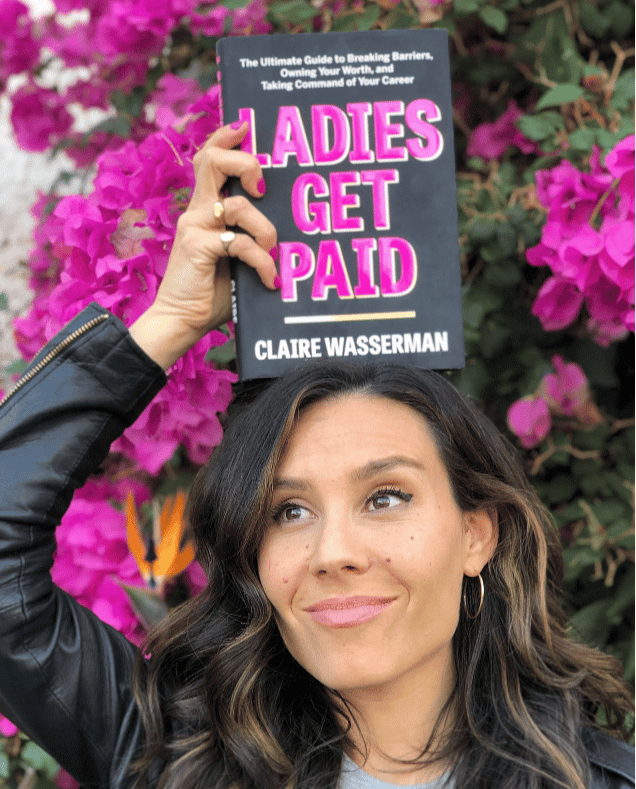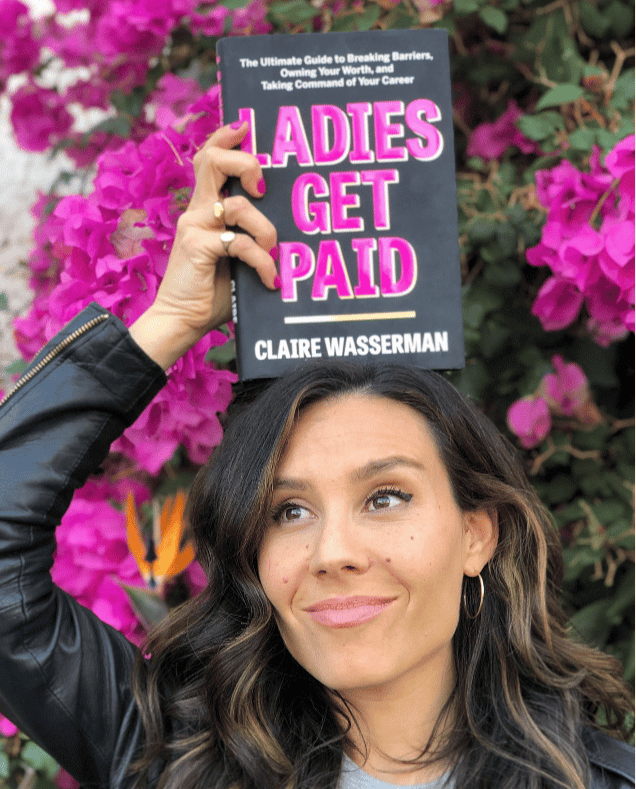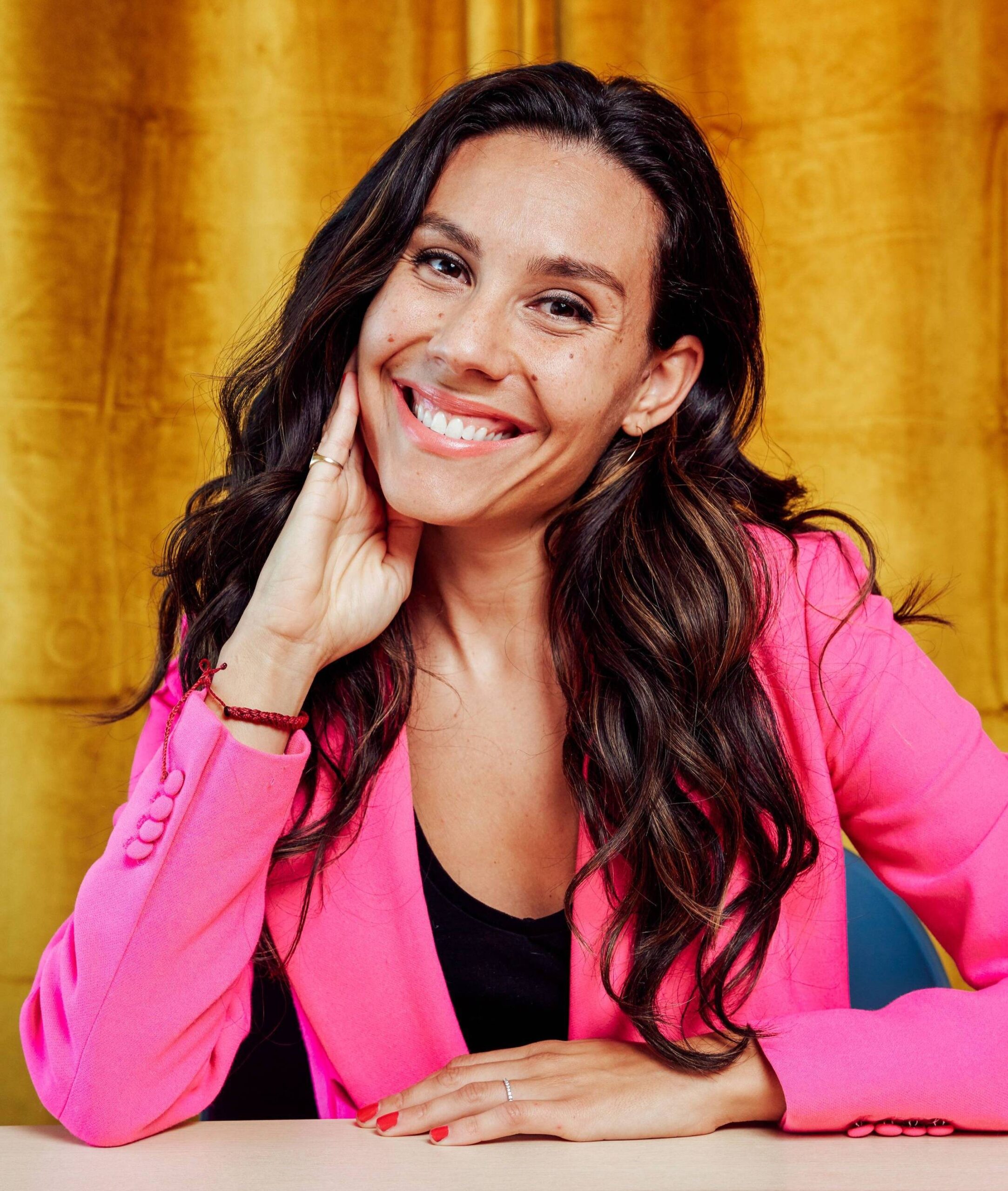This is for anyone who has ever wanted something they couldn’t afford.
There was a woman at the retreat who smelled like money.
Not in a gaudy way. In a way that made you pause mid-sentence when she passed. The kind of scent that lingers in a room after someone leaves, the kind that makes you lean in slightly during conversation without realizing you’re doing it.
“What are you wearing?” I finally asked, unable to help myself.
Of course it was expensive. Out of my budget expensive.
But here’s the thing about desire: it doesn’t care about your budget. It doesn’t care that you’re building a business or that you’re “being responsible” or that you know better. It just sits there, making you feel all the feelings you wish you didn’t have to feel about not being able to afford the thing that would make you feel like the person you’re working so hard to become.
Finding a Compromise
I ordered it anyway. Not the bottle—the sample. $7 for a tiny vial that will last me months if I’m precious about it, which I will be.
It arrived today and I held it up to the light before opening it, my little money in a bottle. When I finally spritzed it on my wrist, there it was: that same gorgeous scent that made me feel something at the retreat. And I was right back in that moment, except now I was the woman passing by.
Now I was the one carrying that invisible signal of having it together, of treating myself well, of being the kind of person who wears something that smells like that.
For seven dollars.
Seeing Things Differently
It’s painful to admit but…my wardrobe used to be entirely composed of fast fashion.
Cheap tops from H&M that pilled after three washes. Dresses from Forever 21 that I wore once and then got buried in the back of my closet. Shoes that hurt my feet but cost $30, so I told myself the pain was the price of cute.
I was spending constantly and feeling cheap constantly. Wearing clothes that made me feel like an imposter in my own life. The math didn’t math, but more importantly, neither did the emotion.
I thought I was being practical. I was actually devaluing myself.
Then my wife taught me about cost per wear.
Divide what you spend by how many times you’ll wear it. A $200 coat worn 100 times costs $2 per wear. A $40 shirt worn once costs $40 per wear.
I started buying more “luxury” – but secondhand. And that introduced me to a whole new perspective: the thrill of the hunt. The story behind each piece.
Here was the key: It made me slow down before purchasing, waiting for the adrenaline to subside so I could actually feel – and honor – whatever was going on underneath.
Turns out, what I was looking for was never going to be found in the clothes anyway.
Ask Before Buying
I started asking myself different questions before purchasing anything which made me buy less and value it – and me – more:
- How will this make me feel in six months? Not in the moment I press “buy”—that adrenaline rush is a trap. But later. When the novelty has worn off and it’s just me and this thing I brought into my life. Will I still reach for it? Will I still love it? Or will it be stuffed in the back of my closet, a constant reminder of a moment of weakness?
- What memory, quality, or aspiration does this unlock? Usually, when something makes me feel truly wealthy, it’s because of one of three things:
👉 A memory it unlocks. The perfume takes me back to that retreat, to feeling inspired and surrounded by people I admired. Every time I wear it, I get to visit that feeling again. I’m not buying a scent; I’m buying a time machine.
👉 The quality feels superior. My wife bought me a silk pillowcase that at first felt silly but real talk? Every single night, my face touches something that feels luxurious… that’s 365 moments a year of feeling like someone who has silk pillowcases. The math works.
👉 An association with aspirational. The David Hockney print in my dining room isn’t real, it’s a poster. But it’s his art on my wall. The same composition that hangs in museums. The same blue that makes me feel calm and hopeful every time I look at it. I get to live with beauty.
- Can I afford this without lying to myself? Because here’s what I’ve learned the hard way: if you spend beyond your means, that item will haunt you. I know because I’ve done it. I’ve bought the designer bag I couldn’t afford and then felt a small stab of guilt every time I carried it. I’ve put things on a credit card and then avoided looking at my statement. I’ve justified purchases with future earnings that hadn’t materialized yet. Every time, the item carried the weight of letting myself down. It became a physical reminder that I chose the feeling of having over the reality of my situation.
That’s not wealth. That’s expensive poverty. That’s shame wrapped in nice packaging.
Real wealth is different. Real wealth is finding pleasure in the small things. Wealth in the details. The restraint to wait. The creativity to find the sample. The patience to hunt for the secondhand version. The wisdom to choose quality over quantity and then actually use it until you’ve extracted every dollar of value.
Feeling Rich Everyday
I started doing an inventory of things that make me feel wealthier than I actually am and it showed me how much richness I already have in my life – if I choose to look at it that way:
- Tila perfume (the sample)
- Oribe hair cream (lasts forever, smells expensive, makes every day feel a little special)
- David Hockney print (fills my whole living room with color)
- Silk pillowcase (365 touches of luxury per year)
- Taking naps (the ultimate flex—time is the real luxury)
None of these will bankrupt me. All of them make me feel like the kind of person who pays attention to how she wants to feel, not just what she wants to have.
Your Turn: The Wealth Audit
✅ Step 1: Make your “Feels Rich” list
Write down 5-10 things that make you feel wealthy right now. Not aspirational purchases. Actual things in your life today. They can cost $0 or $100, doesn’t matter. What matters is the feeling.
✅ Step 2: Identify the pattern
Look at your list. What do these things have in common? Are they about quality? Memory? Time? Aspiration? Understanding your pattern helps you make better choices going forward.
✅ Step 3: Find the samples
What’s one thing you want but can’t afford right now? Get creative:
- Is there a sample size? A travel version?
- Can you find it secondhand on Poshmark or eBay?
- Is there a cheaper alternative that gives you 80% of the feeling?
- Can you borrow it from a friend first?
✅ Step 4: Audit one category
Pick one area of spending (clothes, beauty, home, food) and ask: What here makes me feel wealthy? What just makes me feel like I’m spending? Be honest. Then keep the first category, eliminate the second.
The woman at the retreat probably has the full bottle. Maybe she has three. Good for her.
But I have my $7 sample and when I wear it, I feel exactly how I want to feel. I feel like someone who knows what she values and has the discipline to get it in a way that works for her life, not against it.
And that, I’m learning, might be the most priceless thing of all.
What’s on your list? Reply and tell me—I want to know what makes you feel rich.
Now go get paid.
x Claire
PS Loved this email? Share it with anyone you think could benefit!
PPS Stuck in a rut? Book me for a 30 minute coaching session 🤗
|
|
|
Looking for a job?
Dreaming of a new career?
Preparing to negotiate?
Seeking guidance?
|





